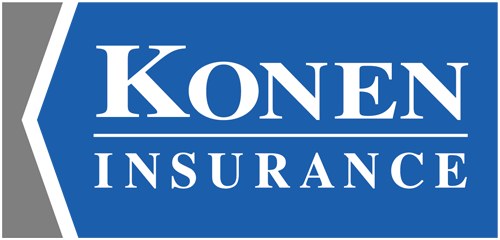With the many different options out there for health insurance, you might be overwhelmed with information. Let’s take a few minutes to review and examine the basics of some of the more common options out there. Broadly speaking health insurance plans are available from either an employer or to purchase individually.
Employer-Sponsored Plans
The employer-sponsored plans generally require:
- There be at least 2 full-time employees
- The employer pay at least the minimum percentage of the employee’s premium (this number can vary by an insurance carrier but 50% is pretty common).
Traditional small business (2-50 full-time employees) health insurance plans will have a metallic value as required by the Affordable Care Act (ACA). Some employer-based plans are less-traditional options like self-funded health plans, partially self-funded, and association health plans.
- Traditional employer plans (2-50 employees): ACA compliant, the rating is based on the age of the employee and physical address of the business, guaranteed coverage, no pre-existing waiting periods. The insurance company pays the claims while the employer/employee pays the premiums.
- Self-Funded / Partially Self-Funded plans: Employer either funds or partially funds claim payments (generally through a third-party administrator for privacy reasons). Because the employer is taking more of the risk there is some potential for savings vs a traditional health plan.
- Association health plans. These plans are typically based around a specific industry (like engineering, manufacturing, etc.). Employer members who pay dues may have access to a special health plan set up by the association. These plans can be less expensive since the employer has access to more buying power.
Individually Sponsored Plans
On the individual side there are really only two options:
- Traditional ACA compliant health plans. These plans are normally purchasable during the annual open enrollment period (Nov 1 – Dec 15). Occasionally, you may purchase these plans outside of the open enrollment period with a specific life event (loss of other traditional coverage, marriage, divorce, the birth of a child, change of address, etc.). This special enrollment period window is limited. Whether through healthcare.gov or direct from the insurance company these plans comply with the Affordable Care Act. The ACA requires that these plans have:
- No waiting period for pre-existing conditions
- Coverage for essential health benefits
- No annual or lifetime maximum on payments by the insurance company for claims.
- Short-term/Temporary health insurance plans: These plans are cover you for a short period of time (generally no more than 6 months at a time). Transitions periods such as switching employers or another unexpected loss of health insurance. The premiums are significantly lower than traditional ACA compliant plans but they don’t offer many of the protections of the Affordable Care Act plans. You are subject to pre-existing waiting periods and most of these plans have a lifetime cap on how much the insurance company will pay in the event of a claim. These maximums can be very low (<$25,000) or fairly high (>$2,000,000)
Other Plans
Just a quick word about a couple of other plan options you may see:
- Faith-based or Health Sharing Ministries. These programs are generally not insurance plans. Typically they will function by having members agree to pay for their own expenses with some help coming from other members. There aren’t generally as rigid guidelines involved in these options as you’ll see in an insurance policy so buyer beware.
- Flexible Spending Accounts / Health Reimbursement Accounts. These programs allow you or your employer to set aside money to help pay some of your health care expenses. They are generally used with a health insurance plan option listed above.
We’ll go into more detail in future blog posts about some of the plans listed here. In the meantime, if you have any questions give me a call!
